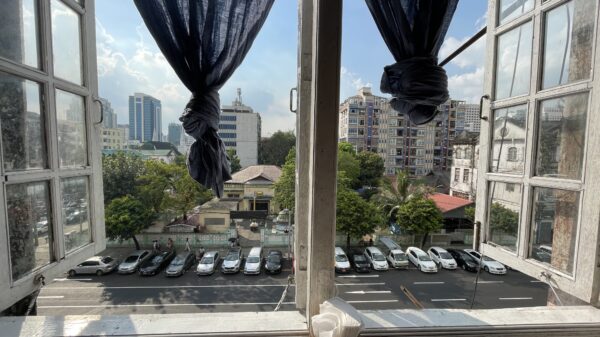Photo 51, a photo that changed history, taken by KCL’s very own Rosalind Franklin.
The one thing I love most about teaching GCSE Biology is the pride I feel when mentioning to my students that I attend the same university where Rosalind Franklin had uncovered the baÂsics of the structure of DNA.
DNA is a simple acronym that represents the “dogma of lifeâ€. It stands for ‘deoxyribonucleic acid’, a molecule that functions as a control panel for any living enÂtity. One DNA molecule consists of many units bonded together to form a long strand, similar to how a chain is made of links.
Each ‘link’ in the DNA comprises one sugar molecule, a phosphate group and a nitrogen-containing substance we call ‘base’. There are four different bases in DNA, and it is the sequence of these bases along the DNA chain that forms the ‘code’ by which our cells function the way they do.
It was the research conducted by Rosalind Franklin at King’s College London that enabled the completion of the molecular model of the DNA double-helix.
In 1951, Franklin started her reÂsearch by taking images of DNA by using X-ray diffraction, a method that involves the firing of X-ray beams onto a crystal and observing the pattern of spots they produce when reflected onto a detecting screen. By examinÂing the patterns made when the beams were fired at different anÂgles against the DNA molecule, it was possible to deduce the chemiÂcal bonds and angles within it.
The real breakthrough occurred in 1952, when Franklin, along with her student assistant RayÂmond Gosling, took an X-ray difÂfraction photograph of the DNA, dubbed Photo 51, which showed a clear ‘X’ shape. This dispelled the idea of the DNA being a sinÂgle helix, and welcomed the theÂory (now a common fact) that the DNA found in cells is a double helix made of two DNA strands.
Franklin’s research notes and PhoÂto 51 were the vital puzzle piece that enabled the scientists James Watson and Francis Crick to finalise the DNA molecular model: a double-helix of two antiparalÂlel DNA strands, with their bases pointing inwards and the phosÂphate groups pointing outwards.
The discovery of the DNA structure led to better understanding of DNA replication, coding, genetic inherÂitance and other DNA functions.
Of course, science is never short of potholes. Competitive research programmes are being currently pursued at King’s to apply genetics to a variety of disciplines. They involve the identification of genetic mutations that cause human disease, as well as the development of new gene therapies.
The most recent addition to the DiÂvision of Genetics and Molecular Medicine is King’s Centre for Stem Cells and Regenerative Medicine, which was opened in 2012 to reÂsearch the self-renewal processes of stem cells, their role in tumour formation and how their functions are controlled by chemical factors.
King’s also conducts an internaÂtional lecture series, the Rosalind Franklin Lecture Series, where global researchers are invited to deliver lectures in experimental biology and medicine, in recogÂnition of Franklin’s indispensable contributions to the life sciences.
There is always something goÂing on in King’s when it comes to research. When it’s not a platÂform to learn, it becomes a platÂform to teach and share experiÂences that ultimately contribute to the advancement of science.
When you’re not attending lecÂtures or seminars, take some time to explore the campus; notice the buildings named after notable personalities, the statues and scienÂtific models subtly decorating the sites, the spiral shaped staircase in the Franklin-Wilkins Building that strangely resembles the DNA double helix. Even the architecture is filled with the history of people and discoveries that have elevated this university towards excellence.
With so much history between its walls, it’s hard not to be proud of being a part of the commotion that is King’s College London.
King's College London. Award-winning student newspaper, a platform to share your story, and a publication that holds entities accountable when no one else dares.

















